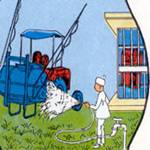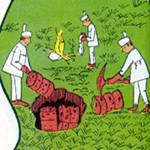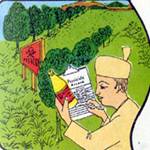Crop protection ::Pesticides :: Safe use of pesticides
Before spraying
 |
|
| |
|
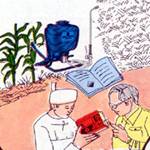 |
|
| |
|
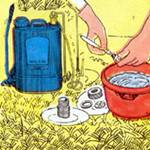 |
-
Ascertain that all components are clean, especially filling and suction strainer, sprayer tank, cut off device and nozzle.
-
Replace worn out parts such as ‘O’ ring, seal, gasket, worn out nozzle tip, hose clamps and valves.
-
Test the sprayer and ascertain whether it pumps the required output at rated pressure. Check the nozzle spray pattern and discharge rate.
|
| |
|
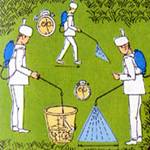 |
|
| |
|
 |
-
Make sure that appropriate protective clothing is available and is used.
-
Train all concerned with the application and also understand the recommendations. Ensure that soap, towel and plenty of water is available.
|
| |
|
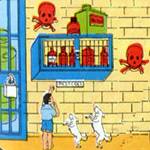 |
|
During spraying
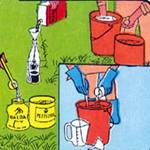 |
-
Take only sufficient pesticide for the day’s application from the store to the site.
-
DO NOT transfer pesticides from original container and packing into the containers.
-
Recheck the use instructions of pesticide and equipment.
-
Make sure pesticides are mixed in the correct quantities.
|
| |
|
 |
-
Wear appropriate clothing.
-
Avoid contamination of the skin especially eyes and mouth.
-
Liquid formulation should be poured carefully to avoid splashing.
|
| |
|
 |
-
Do not spray in high wind, high temperature and rain.
-
Avoid drift by selecting proper direction of spraying and also holding nozzle and boom at a proper height.
-
Start spraying near the down wind edge of the field and proceed upwind so that operator moves into unsprayed area.
|
| |
|
 |
|
| |
|
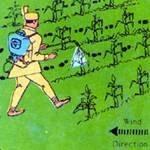 |
|
| |
|
 |
|
After spraying
|
|














